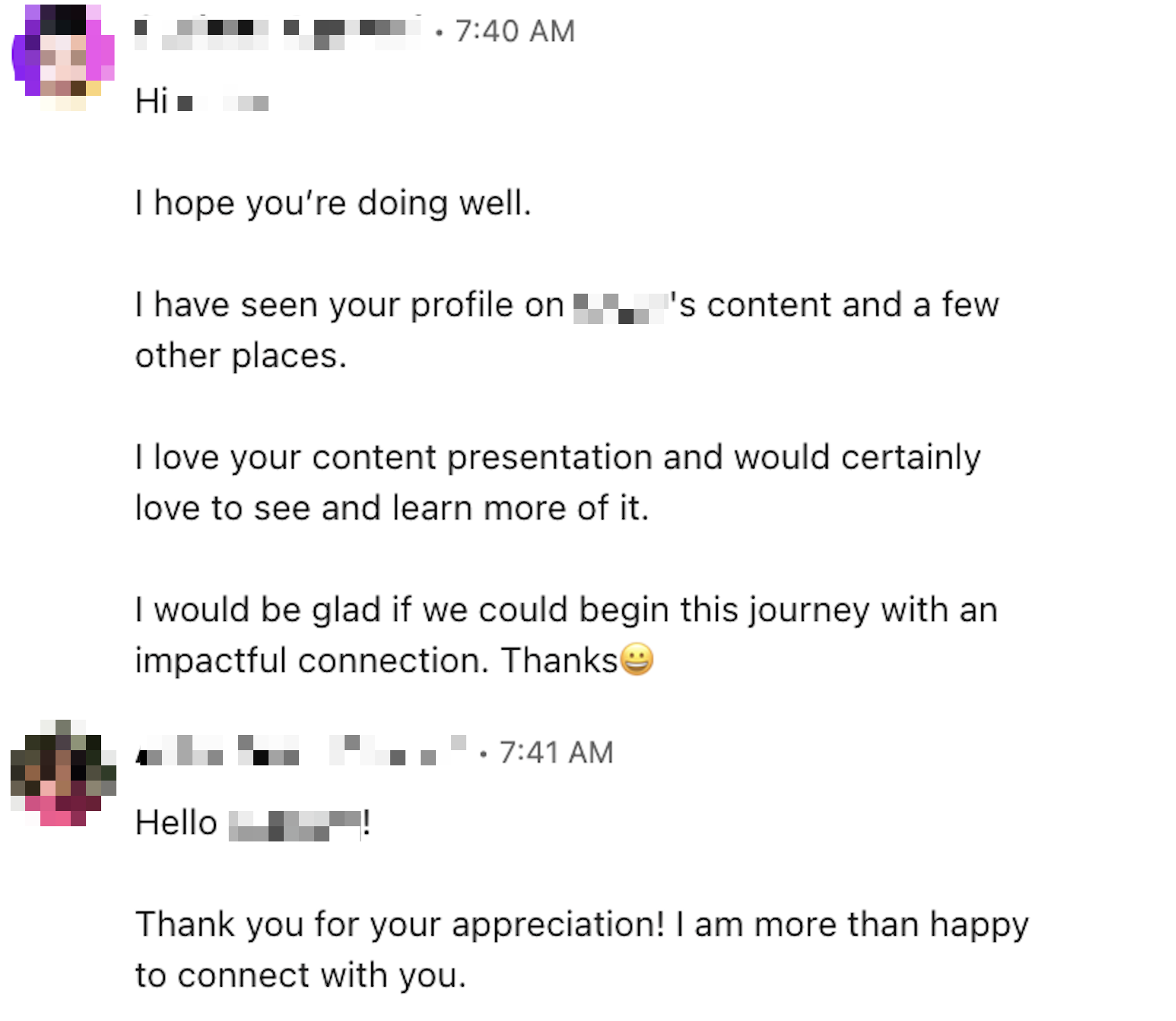#071 - A Level 2 Approach to Measuring Your LinkedIn Profile’s Impact
Most professionals still see LinkedIn personal branding as:
A numbers game focused on chasing virality
A popularity contest for likes and comments
A scattered effort with no follow-through
And sure, those things exist—but they’re just the surface.
When done strategically, LinkedIn becomes:
A signal of trust and authority
A source of qualified leads
A growth engine for your career or business
So why aren’t more people seeing results?
Because they’re tracking vanity metrics, not real ones.
They focus on how many, not who.
They post often—but without a system.
The fix? Start measuring what actually matters.
How to Track the Real Impact of Your LinkedIn Personal Brand
Not just for visibility—but for credibility, positioning, and results.
Step 1: Track Profile Views + Quality of Connections
This is your baseline indicator of how visible—and how relevant—you are to the right audience.
1. Use LinkedIn Analytics to monitor weekly and monthly trends.
2. Set growth goals to increase the size and relevance of your network
3. Pay attention to who is viewing your profile—are they aligned with your ideal audience?
Step 2: Look Deeper Into How Your Audience Engages With Your Content
Engagement is more than just likes. It shows how much your content resonates and invites interaction.
1. Track metrics like comments, shares, and impressions in post analytics.
2. Experiment with formats—text posts, carousels, long-form articles, even video.
3. Identify what consistently sparks conversation or brings in thoughtful replies.
High engagement is a strong signal that your content is creating connection. When people respond thoughtfully, you’re building something meaningful.
Step 3: Monitor the Traffic That Comes to Your Website From LinkedIn
This is where your content moves from “interesting” to “actionable.”
1. Add UTM parameters to your LinkedIn links.
2. Use Google Analytics to monitor how much traffic is coming from LinkedIn.
3. Compare LinkedIn’s performance to your other referral channels.
When your audience clicks through to learn more, it shows real interest and confirms that your brand is prompting action beyond the platform.
Step 4: Keep Track of Leads and Conversions That Originate on LinkedIn
Not every interaction leads to business, but the right ones will.
1. Record inquiries, profile visits, or direct messages that turn into genuine opportunities.
2. Use a simple CRM or tracking sheet to follow the journey from the initial touchpoint to a closed deal.
3. Look at conversion rates to understand how effectively you’re moving people from content to conversation to commitment.
This is how personal branding moves beyond influence and starts impacting revenue and relationships.
Step 5: Calculate Your Return on Investment
This final step helps you understand whether your time and energy are translating into real value.
1. Log how much time you’re spending on content creation, networking, and platform activity.
2. Factor in any financial investments—LinkedIn Premium, paid tools, freelancers.
3. Compare these inputs to the strategic value or revenue generated from leads.
When you can clearly see what’s working—and what’s not—you gain the confidence to double down on what matters and refine where needed.
Most people stop at the surface. You don’t have to.
Here’s how to track what really moves the needle on LinkedIn:

1. Profile Visibility – Track views and connection growth to understand reach and relevance
2. Content Engagement – Focus on interactions that spark meaningful conversations
3. Website Traffic – Use analytics to connect your content to real clicks and actions
4. Lead Generation – Keep a close eye on which interactions turn into actual business
5. ROI – Compare your effort and investment to the value of outcomes you're generating
Which of these steps will you focus on first to make your LinkedIn presence more intentional and impactful?
















.png)
























































































































































































































